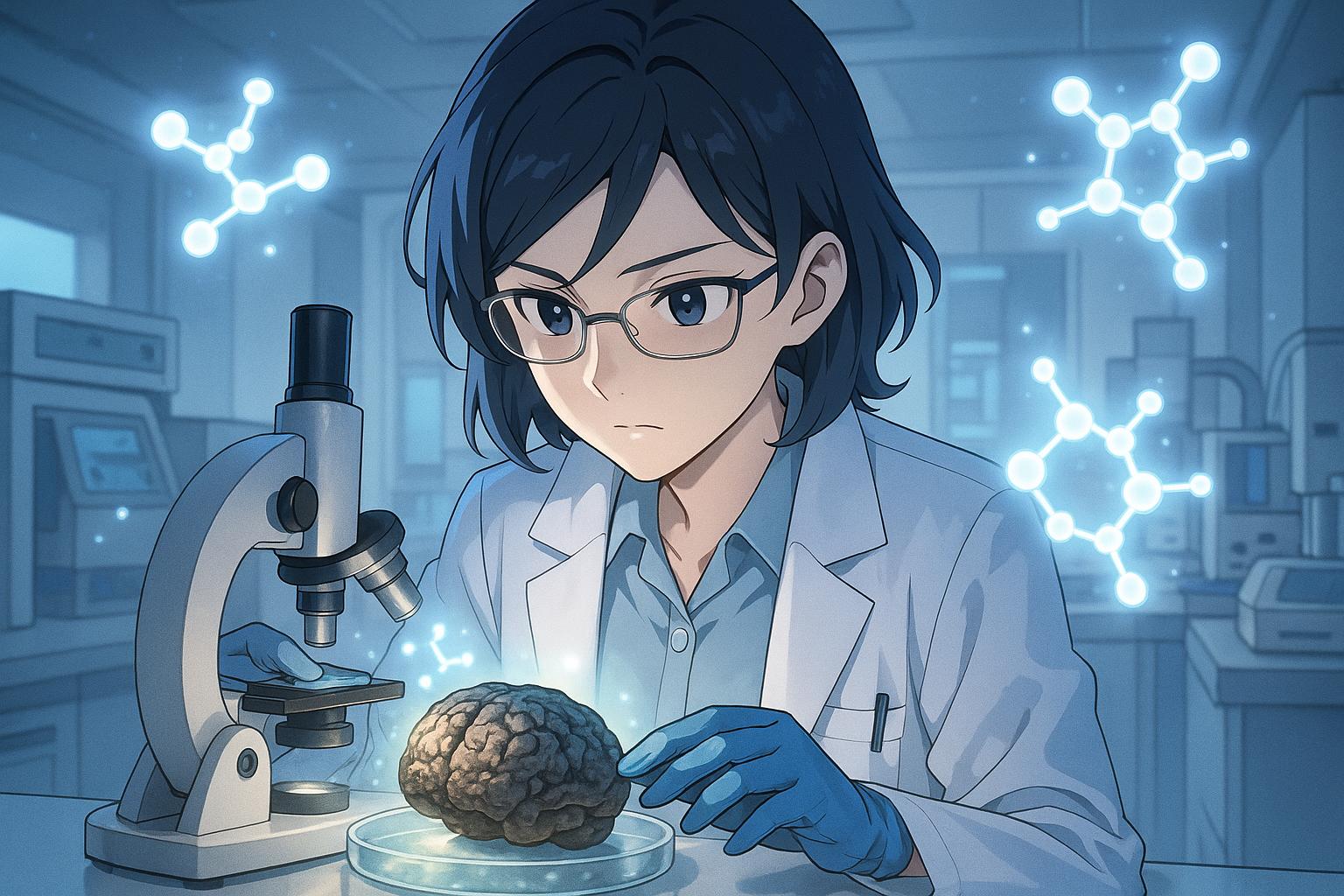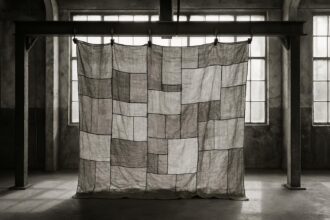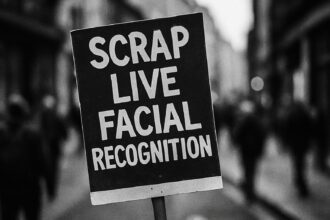Researchers at Oxford’s Nuffield Department of Medicine have developed a groundbreaking technique that extracts and identifies diverse proteins from preserved soft tissues of ancient human remains, revealing unprecedented insights into health and disease beyond bones and teeth.
Scientists at the Nuffield Department of Medicine have made significant strides in the field of archaeology and paleogenetics with a novel method that enables the extraction and identification of proteins from preserved soft tissues, including brain, muscle, and skin. Traditionally, studies involving ancient proteins have largely concentrated on mineralised tissues like bones and teeth, leaving the more biologically rich internal organs largely unexplored. Alexandra Morton-Hayward, a postgraduate researcher who spearheaded the study, noted that these internal organs were previously regarded as a “black box,” lacking any available protocols for effective analysis. This new method has the potential to provide profound insights into health and disease among ancient populations.
The researchers employed a systematic approach, testing ten different extraction techniques on human brain tissue dated to 200 years ago from a Victorian workhouse cemetery. Their findings revealed that urea, a component commonly found in urine, was an effective agent for breaking down cells to release proteins. The extracted proteins were then analysed using a combination of liquid chromatography, mass spectrometry, and high-field asymmetric waveform ion mobility spectrometry, which increased the number of identified proteins by up to 40 per cent. Morton-Hayward explained that the process resembles sorting through a bucket of Lego, where categorising by different attributes improves the outcomes.
By utilising this comprehensive methodology, the team successfully identified over 1,200 ancient proteins from just 2.5 mg of brain tissue, marking the most diverse set of proteins recovered from archaeological samples to date. Senior author Professor Roman Fischer remarked on the transformative implications of this technique, asserting that it opens the door for investigating pathogen classification and disease beyond the skeletal framework, enriching our understanding of past populations’ health and well-being.
The significance of this breakthrough extends beyond the mere identification of proteins. Unlike DNA, proteins are known to persist longer in archaeological remains and can yield more nuanced information about an individual’s lifestyle and health. Dr. Christiana Scheib from the University of Cambridge, who was not associated with the study, emphasised the importance of developing robust methodologies for extracting meaningful data from ancient materials, describing such experimental work as essential for advancing the field of ancient biomolecular research.
As this field continues to evolve, the potential applications are vast. Studies conducted using similar methodologies have already uncovered layers of biological information from ancient remains, including a recent analysis that successfully identified immune response proteins in rib bones, hinting at the health challenges faced by prehistoric populations. In contrast, techniques employed elsewhere have focused primarily on the extraction of proteins from ancient bones, revealing valuable insights into the preservation of these biological markers over extensive timescales.
Overall, this pioneering method offers a fresh lens through which to examine the biological history of humanity, illuminating aspects of ancient life that were previously inaccessible.
 Reference Map:
Reference Map:
Source: Noah Wire Services
- https://www.oxfordmail.co.uk/news/25209733.oxford-method-provides-access-proteins-ancient-human-remains/?ref=rss – Please view link – unable to able to access data
- https://www.pnas.org/doi/full/10.1073/pnas.96.15.8426 – This study presents a method for extracting and analysing proteins from ancient tissues, including bones and teeth. The researchers employed pyrolysis-gas chromatography/mass spectrometry (Py-GC/MS) to identify amino acids in samples ranging from 4,000 to 50,000 years old. The findings demonstrate the potential of this technique to retrieve protein sequences from ancient remains, offering insights into the biochemistry of extinct species and the preservation of proteins over time.
- https://analyticalsciencejournals.onlinelibrary.wiley.com/doi/full/10.1002/rcm.6821 – This research investigates the preservation of proteins in ancient bovine bones aged between 4,000 and 1.5 million years. The study utilised demineralisation and enzymatic digestion methods to extract proteins, followed by mass spectrometry analysis. The results indicate that proteins can be preserved in ancient bones over extended periods, providing valuable information for palaeontological and archaeological studies.
- https://royalsocietypublishing.org/doi/full/10.1098/rsos.161004 – This study employs shotgun proteomics to analyse archaeological human rib bones, identifying over 100 proteins. The researchers found that leucocyte-derived proteins, such as DEFA1/3 and EPX, were prevalent in the samples, suggesting immune responses in ancient populations. Additionally, certain proteins correlated with age, offering insights into the health and life stages of past individuals. The findings highlight the potential of proteomics in palaeopathology and understanding ancient human biology.
- https://en.wikipedia.org/wiki/Ancient_protein – This Wikipedia article provides an overview of ancient proteins, detailing their structure, preservation, and analysis methods. It discusses the challenges in studying ancient proteins due to their degradation over time and the techniques used to reconstruct them. The article also covers the history of ancient protein studies and their applications in understanding evolutionary processes and the biochemistry of extinct species.
- https://pubs.acs.org/doi/10.1021/acs.jproteome.0c01014 – This research examines the variation in proteomes extracted from ancient bones with differing collagen yields. The study re-evaluates the collagen extraction method for radiocarbon dating, suggesting that lower reflux temperatures can reduce protein degradation. The findings have implications for improving the accuracy of dating ancient bones and understanding the preservation of proteins over time.
- https://magazine.ucdavis.edu/curiosity/news/archaeologists-use-tooth-enamel-protein-show-sex-human-remains – Researchers at UC Davis have developed a method to determine the sex of human remains by analysing proteins in tooth enamel. This technique proved more reliable than traditional DNA methods, especially in degraded samples. The study highlights the potential of protein analysis in forensic and archaeological contexts, offering a valuable tool for understanding past human populations.













